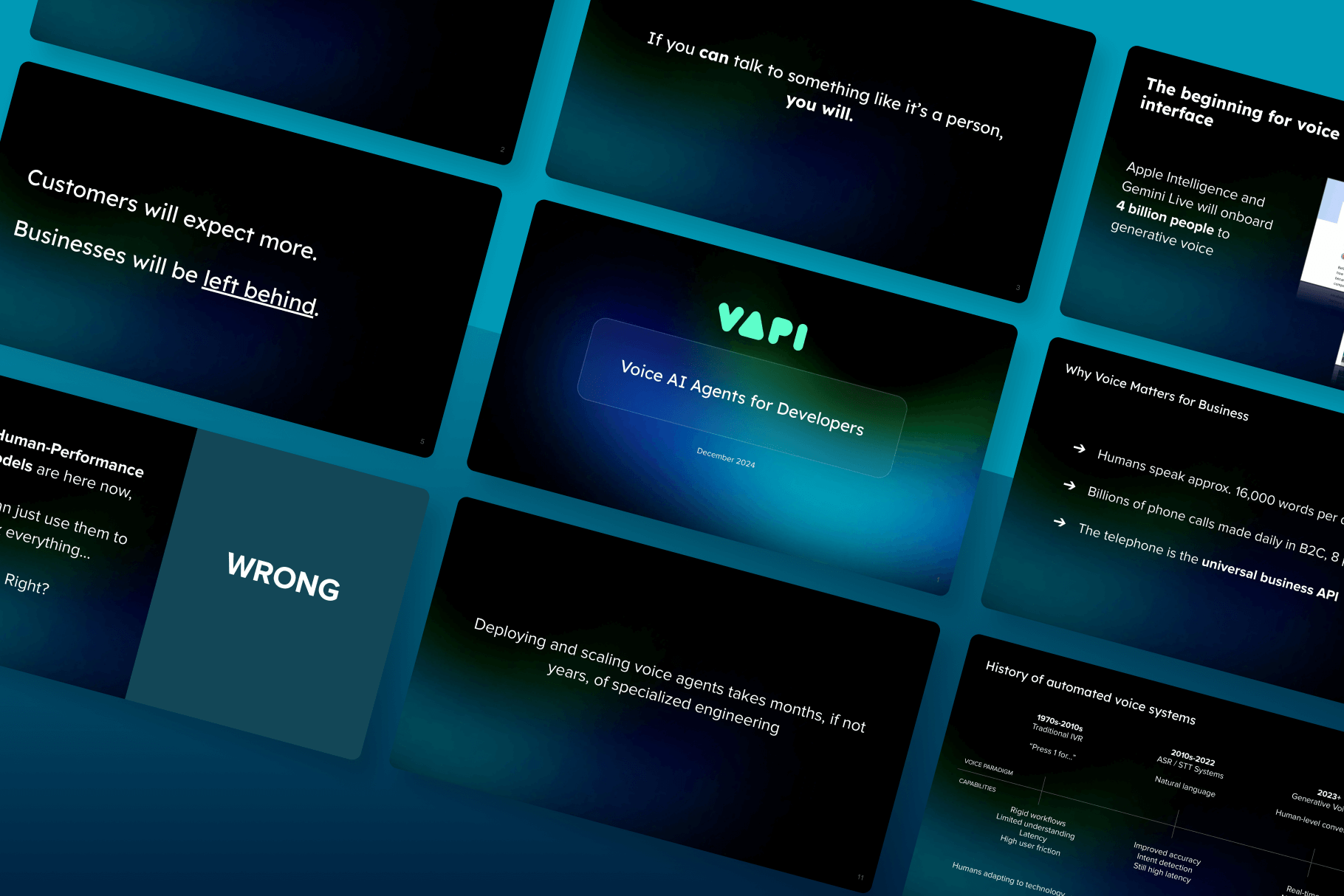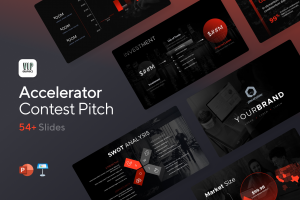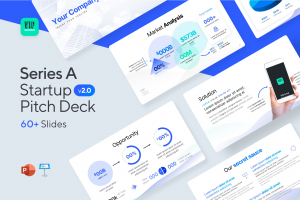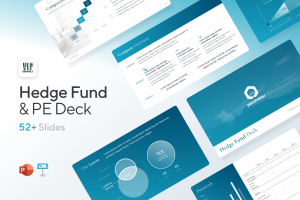In recent months, generative voice models have begun to achieve human-level performance, in some cases even passing the Turing test which requires that a human being should not be able to distinguish the machine’s responses from a real human’s responses. This has spurred growing interest among enterprises aiming to automate business-to-customer interactions.
San Francisco-based Vapi is building a platform where developers can create, test, and deploy AI voice agents in a business setting such as customer service, front desk, outbound sales calls, or employee training.
“Consumer-facing companies run on voice. To scale their revenue, they need to scale their voice operations. But, people don’t scale. You can try using an IVR (interactive-voice responses) system, but they sound robotic, and people just smash zero until they can talk to a person. With generative voice models, it’s flexible like a human and it can scale to millions of calls.”
Recognizing that every business has its own unique workflows and integrations, Vapi takes a developer-first approach. It provides APIs for engineering teams to design custom conversation flows, integrate their CRMs and EHRs, and incorporate Vapi’s voice agents into existing enterprise telephony systems.
“Often, people don’t even realise they’re talking to an AI agent when they interact with our technology,” says Jordan Dearsley, who launched Vapi with co-founder Nikhil Gupta in March. “And even if they do, they’re happy with the way that the agent resolves their query.”
While relatively young, Vapi says it has already experienced strong growth, generating millions of dollars in revenue within its first six months. Notable Vapi customers include Y Combinator, Deepgram Inc., Speaksage Inc., Luma Health Inc. and Playn Voice Inc.
The company also claims that over 100,000 developers are building on their platform and the platform is handling millions of calls per month for customers worldwide.
Now, Vapi announced that it raised $20 million in Series A funding, led by Bessemer Venture Partners with participation from Abstract Ventures, AI Grant, Y Combinator, Saga Ventures, and Michael Ovitz. This investment will enable the company to expand its engineering team, scale its infrastructure, and reach new enterprise customers.
“Vapi is emerging as the leading developer platform for conversational voice agents, helping enterprises deploy agents that solve their unique business problems without having to worry about managing the underlying models and infrastructure,” Bessemer Partner Mike Droesch said in a statement.
Check out the 18-slide pitch deck Vapi used to secure the $20 million Series A funding from Bessemer Venture Partners.
What were the slides in the Vapi pitch deck?
Browse the exact example slides from the pitch deck that Vapi used to raise a $20M round led by Bessemer Venture Partners.
1. Opportunity Slide
Cutting edge tech startups like AI voice agents aim to be disruptive, solving problems that are inherently complex and often lack existing solutions. In many cases, the market may not yet be aware of the need for breakthrough technologies. As a result, startup founders need to make sure the market is ready for such kinds of innovations. VCs are likewise conscious of these constraints and want to ensure that these unique solutions resonate with the intended audience.
This is where the opportunity slide comes into play. It serves a dual purpose; convince investors there’s an opportunity for their product and that the market is ripe for it. Vapi pitch deck’s opportunity slide announces the need for AI voice agents by claiming that the market is at “the beginning for voice as the world’s default interface”.
The slide is simple yet powerful with a bold heading that makes sure to capture the attention of the audience. The addition of news clippings creates credibility and supports the facts highlighted in the slide. However, the slide neglects to add the source for the “4 billion people” claim. The news clippings could also have been integrated better instead of just looking like cluttered screenshots.
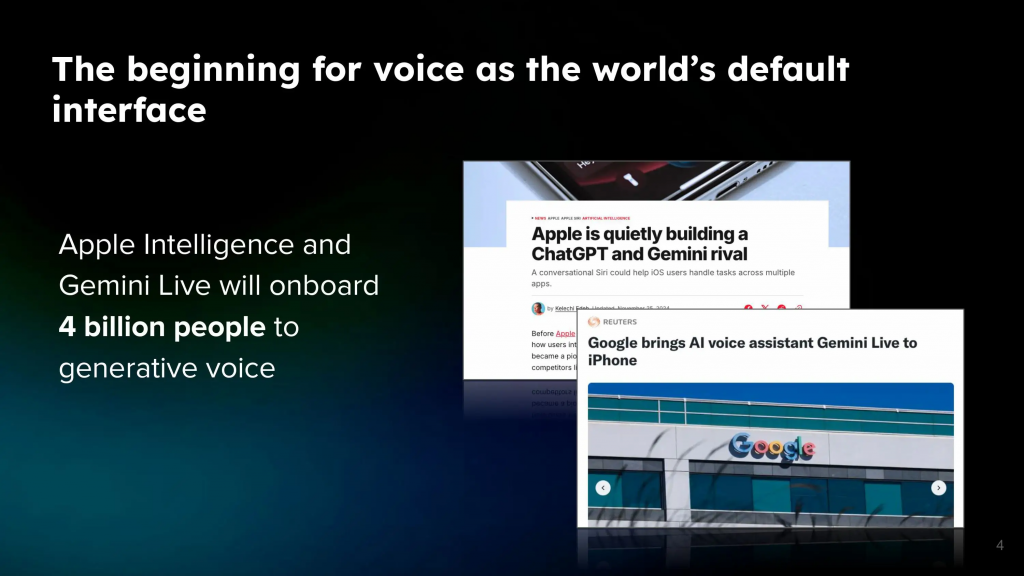
2. Traction Slide
In the startup world, traction isn’t just important — it’s the matter of life and death. It’s what separates a visionary idea from a viable business. Investors won’t get onboard and customers won’t commit unless you can show that your idea is already gaining momentum. Traction is the proof that your product isn’t just a concept, but a force resonating with real world markets.
Moreover, investors see scores of pitches everyday, and many of them sound great on paper. But traction proves your idea works in the actual world. The stronger your traction metrics — whether it’s pre-orders, growing partnerships, or a massive waitlist — the easier it is to convince investors that your startup is a low-risk, high-reward opportunity.
Fortunately, Vapi has some great traction arguments to convince investors. Organic growth, new constant enterprise customers, and an ecosystem of apps on platform is something that can make any investor rally behind your project.
On the design side, the slide’s use of bolded words makes it easier for the audience to quickly scan the content, effectively communicating key achievements in a straightforward manner. However, the slide could have provided percentage growth or actual numbers instead of saying “closing enterprise customers every week”. Additionally, the slide could use some subtle design elements to make it more visually engaging.
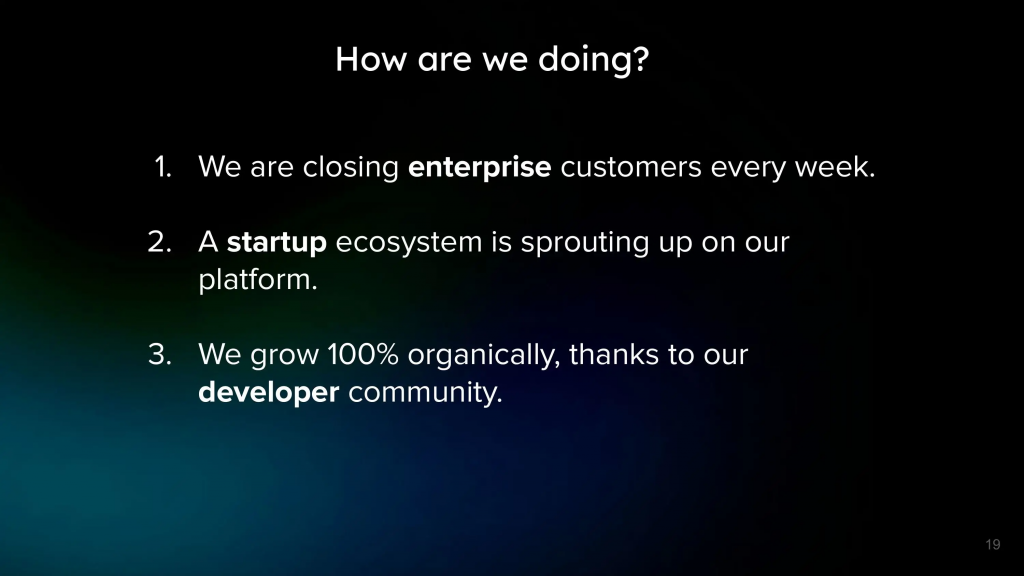
3. Market Slide
There have been numerous examples of startups failing because they couldn’t find the product-market fit. Many well-funded startups have failed in recent years due to their inability to align their product with market need, including Quibi (which raised over $1.75 billion), SciFi Foods (which raised $40 million), Forward (which raised $100 million), and EasyKnock (which raised $455 million).
Find more examples of notable failed startups including Shark Tank alum M.C. Squares, Destiny Robotics, and FTX
This is why knowledge of your market is critical whether you are a startup raising money, attempting to find product-market-fit, launching a new product/service, or targeting a new segment. Failure to do so might have painful consequences in the long term, as you make key business decisions without understanding the market.
Vapi pitch deck’s market slide demonstrates that founders understand the essence of the business voice market including current trends, existing solutions, and customer pain points. The slide uses important facts and figures to provide credibility, demonstrate preparedness, and make its case compelling. The slide’s design is cherry on the top. It’s easy to see, simple to understand, and it illustrates how the business voice market is changing.
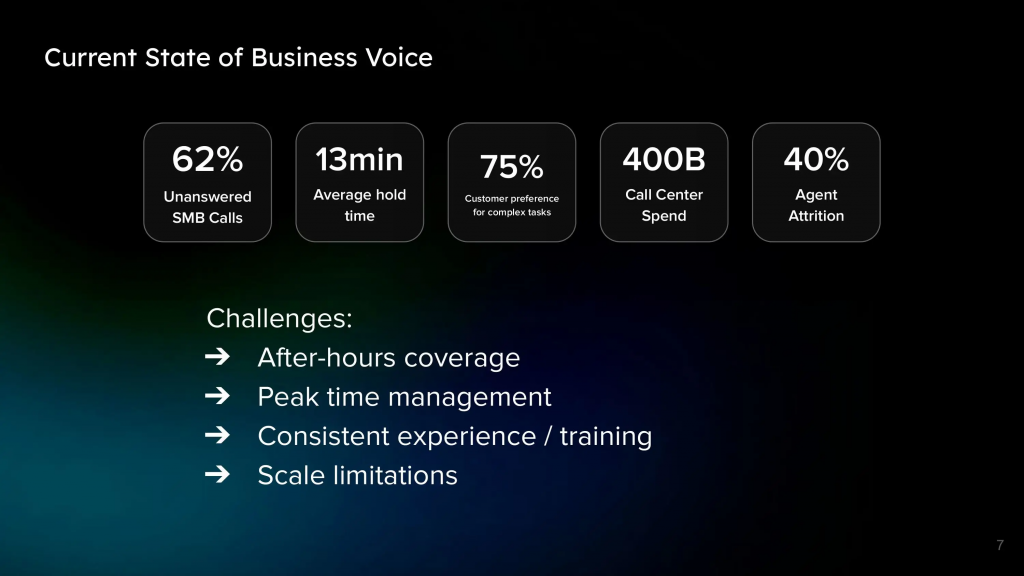
How-to create your own pitch deck like Vapi
We hope you learned something from the Vapi pitch deck, and that you are able to use these insights for your own business. If you’d like to, you can bookmark it at bestpitchdeck.com/vapi
Although it probably goes without saying that having a successful business (outside just their pitch deck) was integral to their success, the perfect pitch deck is critical for any startup to ensure your vision is portrayed properly. That’s where crafting the perfect pitch deck comes essential:
You might find our other resources on how-to create a pitch deck helpful, or benefit from using one of our expert-designed templates:
Our team has helped create decks that have closed over $100M+ in deals & funding for leading startups and even VC firms. You can leverage this experience and get a jumpstart on your pitch with one of our easy-to-use presentation templates, one-pagers, or financial models.
Creating a deck? Check out our pitch deck templates.
Every pitch requires a unique approach tailored to its audience. Our team of experts has created pitch decks for different industries, as well as funding stages:
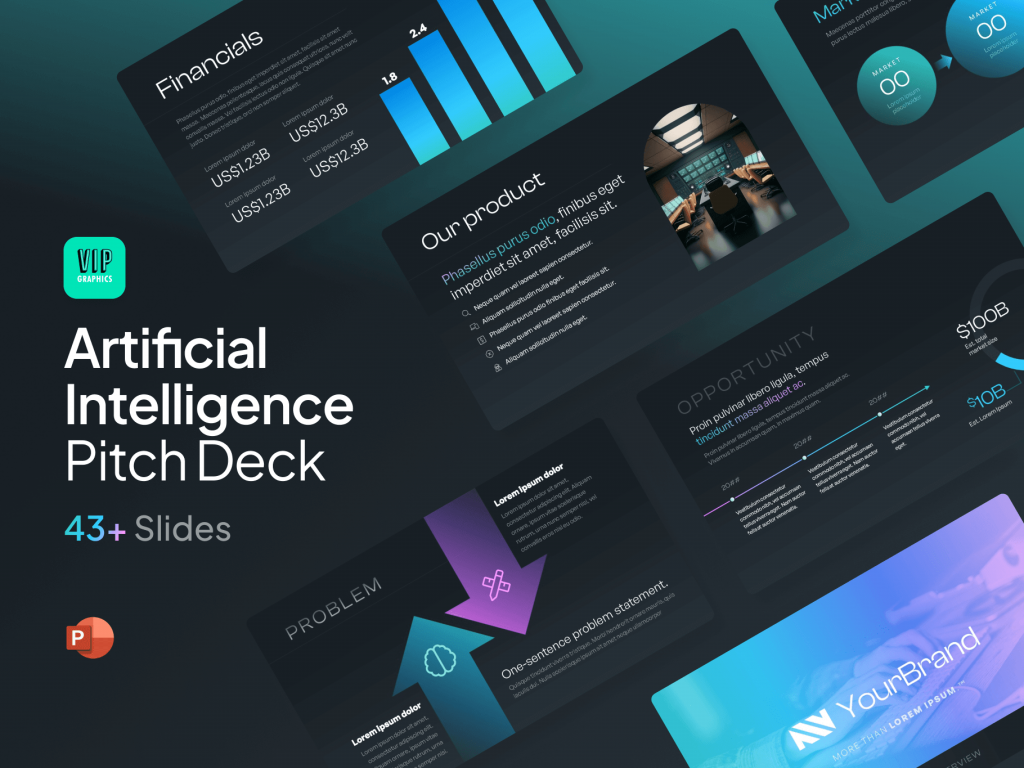
You might be interested in the popular AI Pitch Deck Template template designed by our team of experts at VIP.graphics. This investor presentation template is built specifically for startups seeking to raise Seed funding.
Accelerator Pitch Deck Template — The Accelerator Pitch Deck template was crafted for early-stage founders seeking to win funding &/or investment from pitch contests, accelerators, incubators, and angels or VC firms. Winning a pitch contest or being accepted to a prominent accelerator program requires a unique strategic approach to an investor pitch presentation.
Series A Pitch Deck Template — A pitch deck template for startups and founders raising funding: Smart, actionable slides that work. This is a pitch deck template built specifically for startups, entrepreneurs and founders raising their first seed or Series A round of institutional capital.
Mergers & Acquisitions Pitch Deck Template — Perfect Pitch Deck™ is a template crafted for later-stage businesses entering more sophisticated discussions such as mergers & acquisitions (M&A), late-stage investment (Series C+), or other partnerships & financing opportunities. Our team of experts created this presentation to empower founders to present with confidence to investment banks, private equity (PE) groups, and/or hedge funds (and vice versa).
Alternatively, feel free to browse our growing selection of pitch decks tailored for specific industries and businesses.
